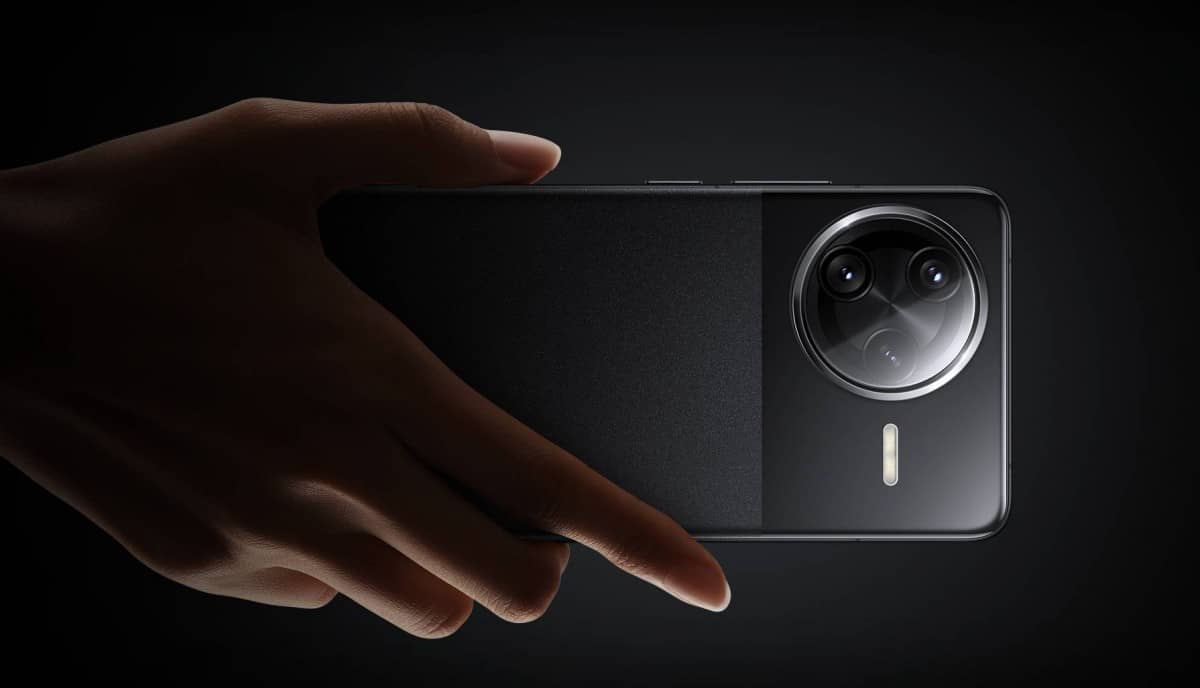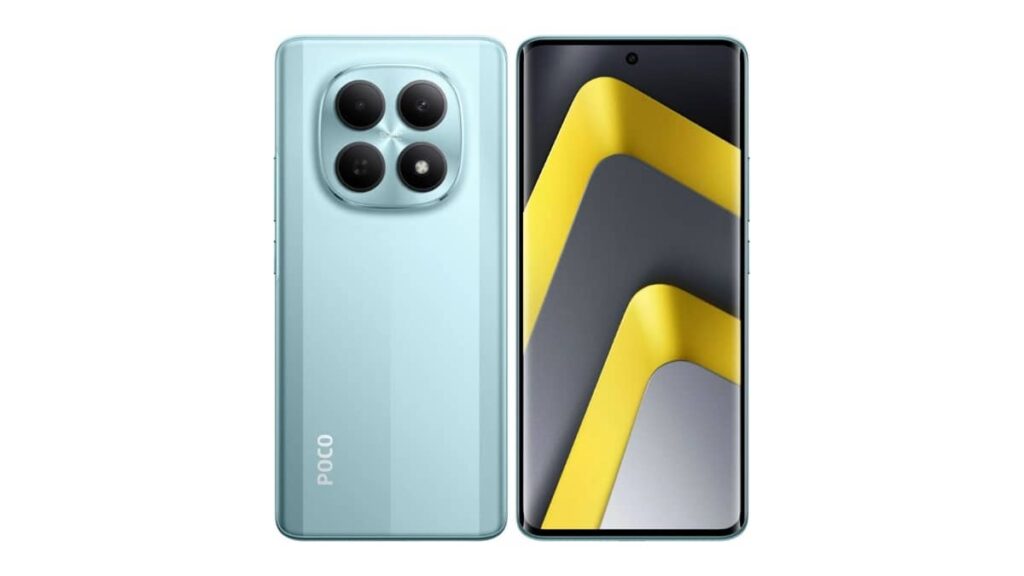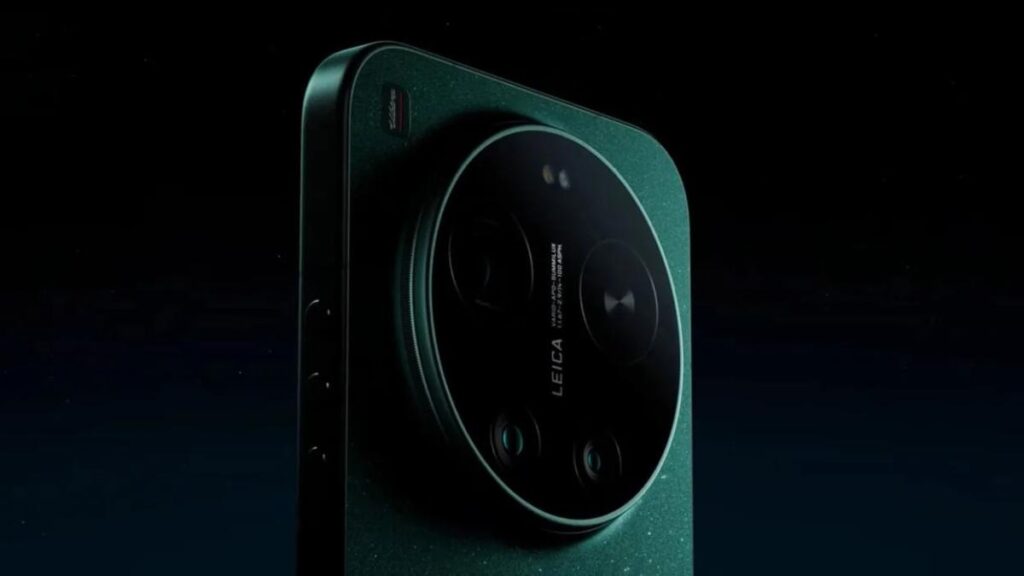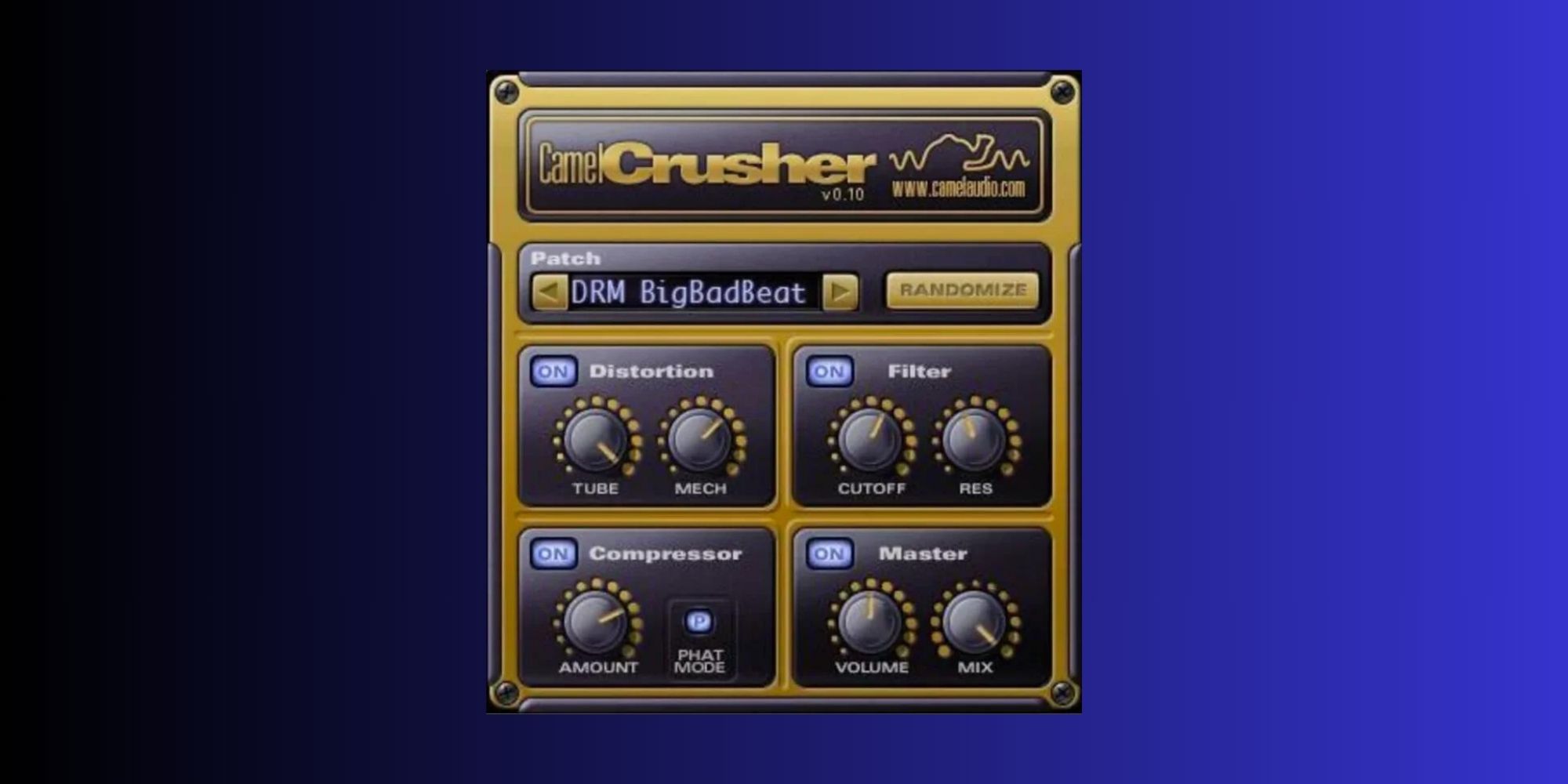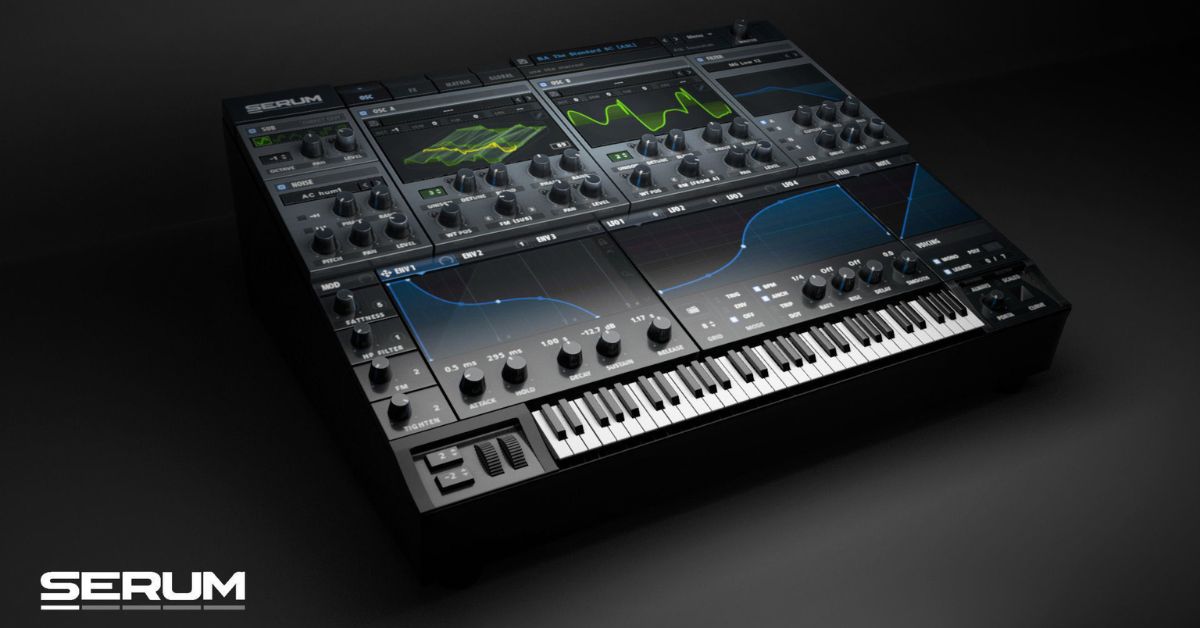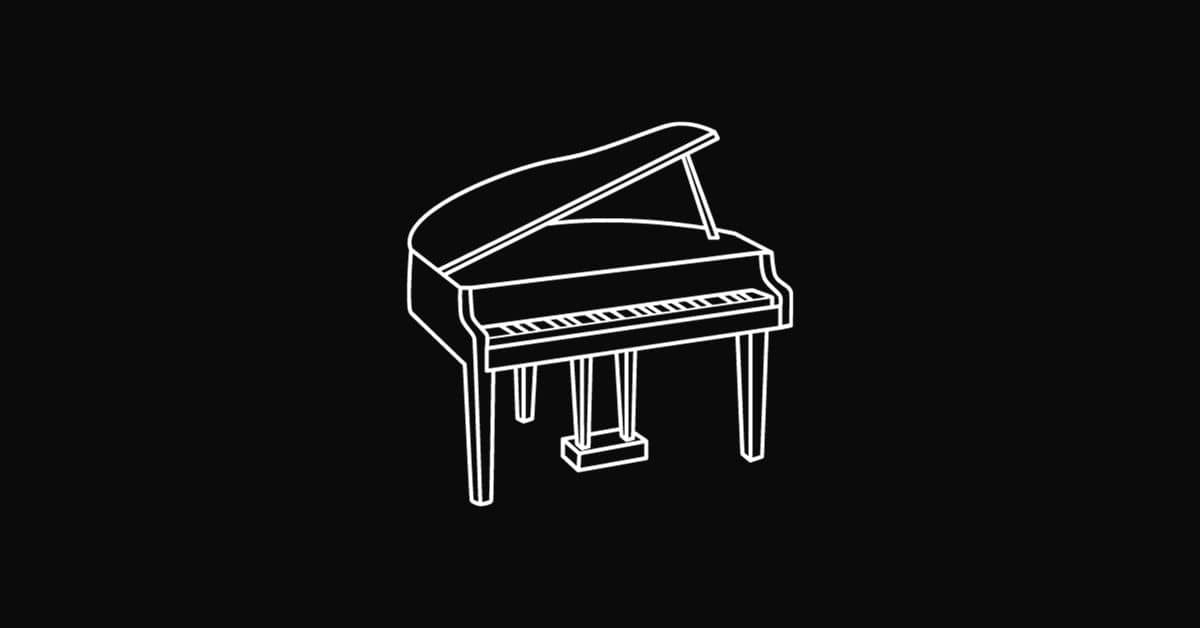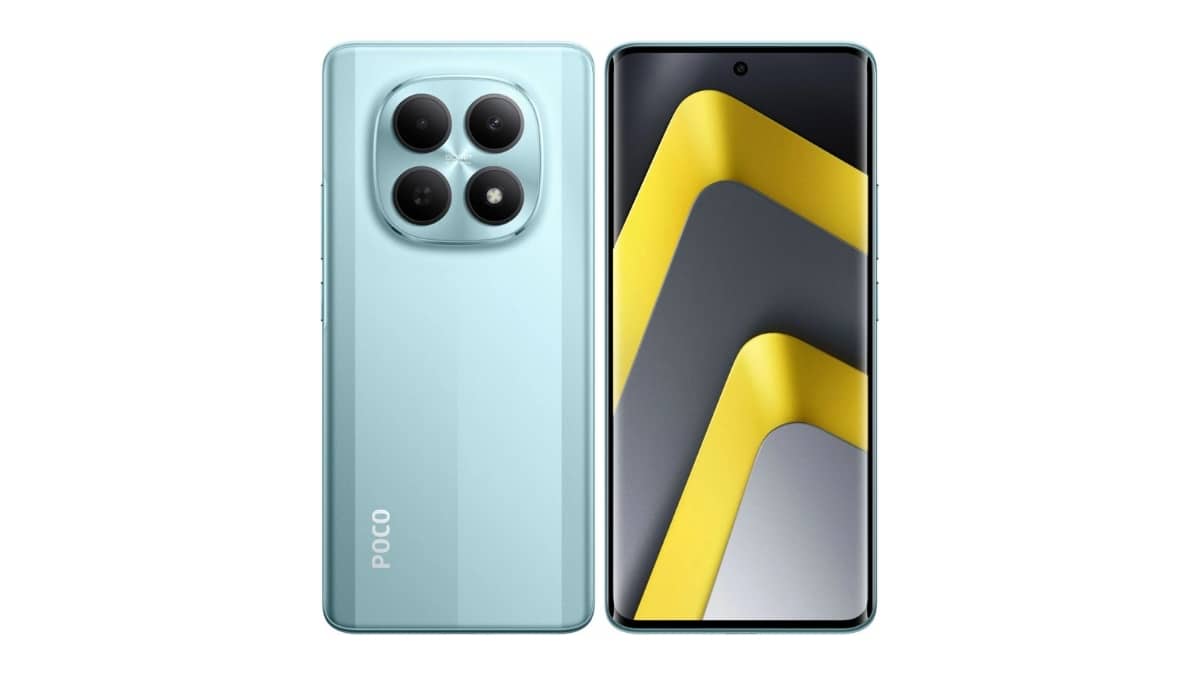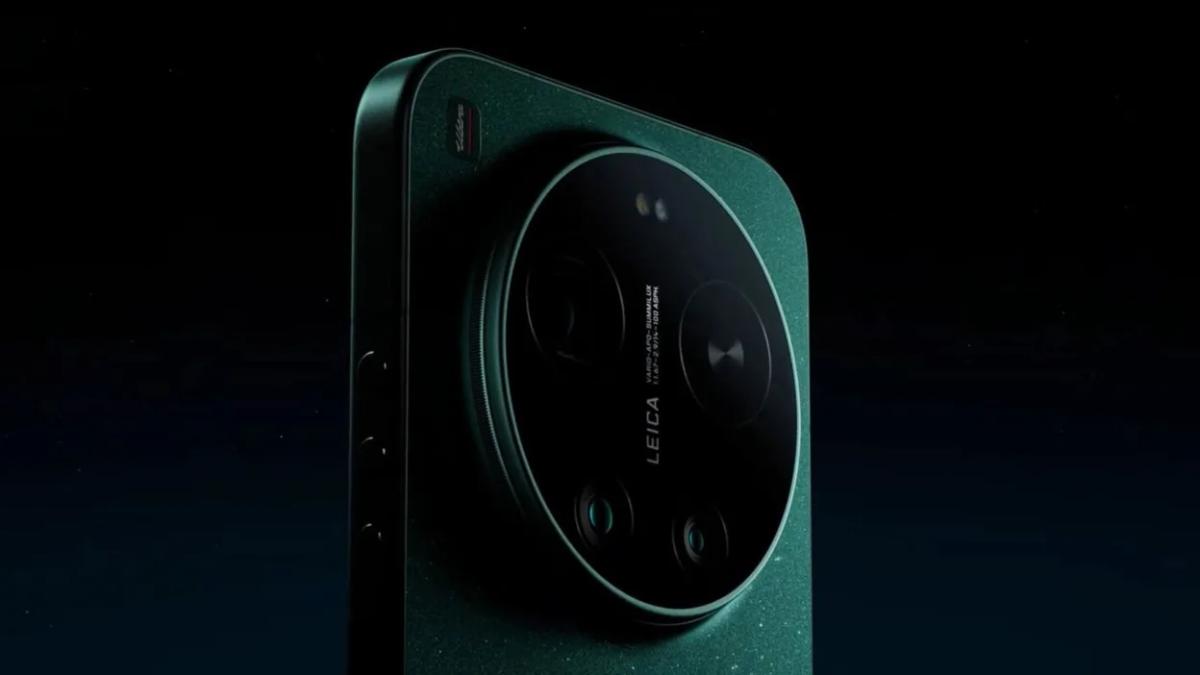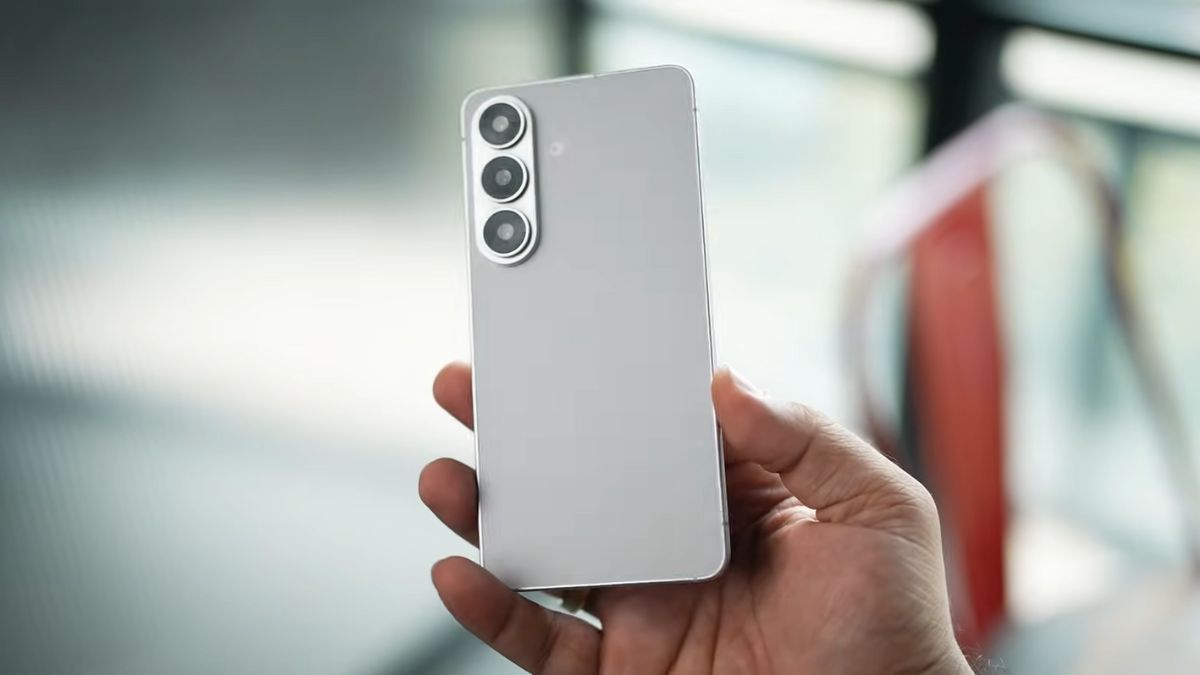Xiaomi’s new Redmi K80 Pro is a flagship phone that brings a lot of value for money.
When compared to the Oppo Reno 13 Pro, the K80 Pro stands out in several key areas. Let’s break it down.
Redmi K80 Pro vs Oppo Reno 13 Pro Overview
| Feature | Redmi K80 Pro | Oppo Reno 13 Pro |
|---|---|---|
| Display | 6.67-inch OLED, 2K+ (3200 x 1440p), LTPS, Dragon Crystal Glass 2.0 | 6.83-inch AMOLED, 1.5K (2800 x 1272p) |
| Battery | 6,000mAh, 120W wired fast charging, 50W wireless | 5,800mAh, 80W wired fast charging, 50W wireless |
| Chipset | Snapdragon 8 Elite (3nm) | MediaTek Dimensity 8350 (4nm) |
| Main Camera | 50MP + 50MP telephoto + 32MP ultra-wide | 50MP + 50MP telephoto + 8MP ultra-wide |
| Fingerprint Scanner | Ultrasonic in-display | Optical in-display |
| Price (12GB + 256GB) | 3,699 yuan (~$511) | 3,399 yuan (~$469) |
1. Display: Higher Resolution, Better Durability
- Redmi K80 Pro: 6.67-inch OLED, 2K+ (3200 x 1440p), LTPS panel with Dragon Crystal Glass 2.0
- Oppo Reno 13 Pro: 6.83-inch AMOLED, 1.5K (2800 x 1272p)
While the Oppo Reno 13 Pro has a larger display at 6.83 inches, the Redmi K80 Pro offers a sharper 2K+ resolution. The K80 Pro’s screen also comes with an LTPS panel and Dragon Crystal Glass 2.0 for extra durability, something the Reno 13 Pro lacks.
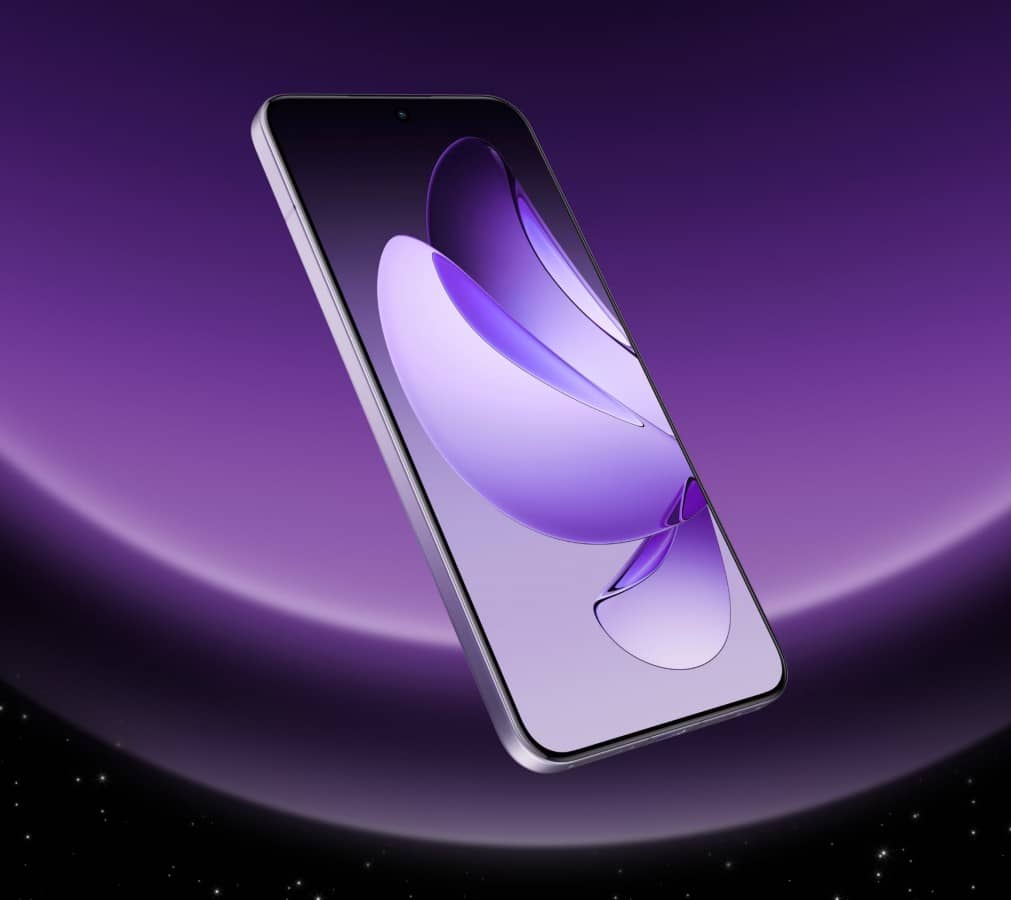
2. Battery & Charging: More Power, Faster Charging
- Redmi K80 Pro: 6,000mAh battery, 120W wired fast charging, 50W wireless charging
- Oppo Reno 13 Pro: 5,800mAh battery, 80W wired fast charging, 50W wireless charging
The K80 Pro wins here with a larger battery (6,000mAh vs. 5,800mAh) and much faster wired charging (120W vs. 80W). The Reno 13 Pro is thinner and lighter, but the K80 Pro’s larger battery and faster charging speed make it a better choice for power users.
3. Performance: Snapdragon 8 Elite vs. MediaTek Dimensity 8350
- Redmi K80 Pro: Qualcomm Snapdragon 8 Elite (3nm)
- Oppo Reno 13 Pro: MediaTek Dimensity 8350 (4nm)
The K80 Pro uses the Snapdragon 8 Elite chipset, which is one of the fastest on the market. It offers better performance and energy efficiency compared to the mid-range Dimensity 8350 in the Reno 13 Pro.
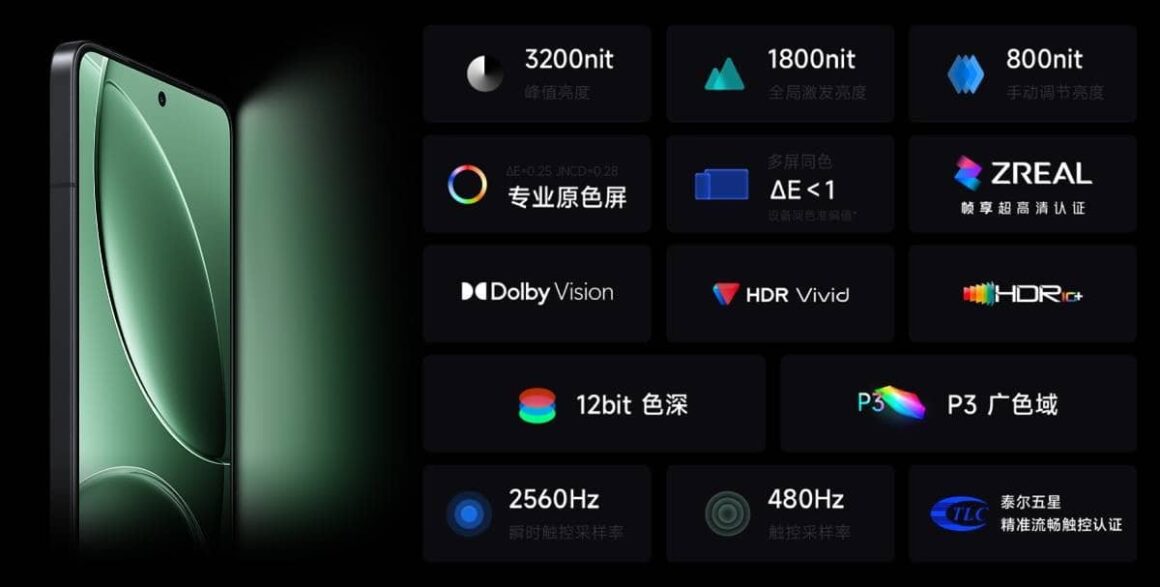
4. Camera: Better Ultra-Wide Angle
- Redmi K80 Pro: 50MP main camera + 50MP telephoto + 32MP ultra-wide
- Oppo Reno 13 Pro: 50MP main camera + 50MP telephoto + 8MP ultra-wide
Both phones have solid camera setups, but the K80 Pro gives you a more powerful 32MP ultra-wide lens compared to the 8MP one on the Reno 13 Pro.
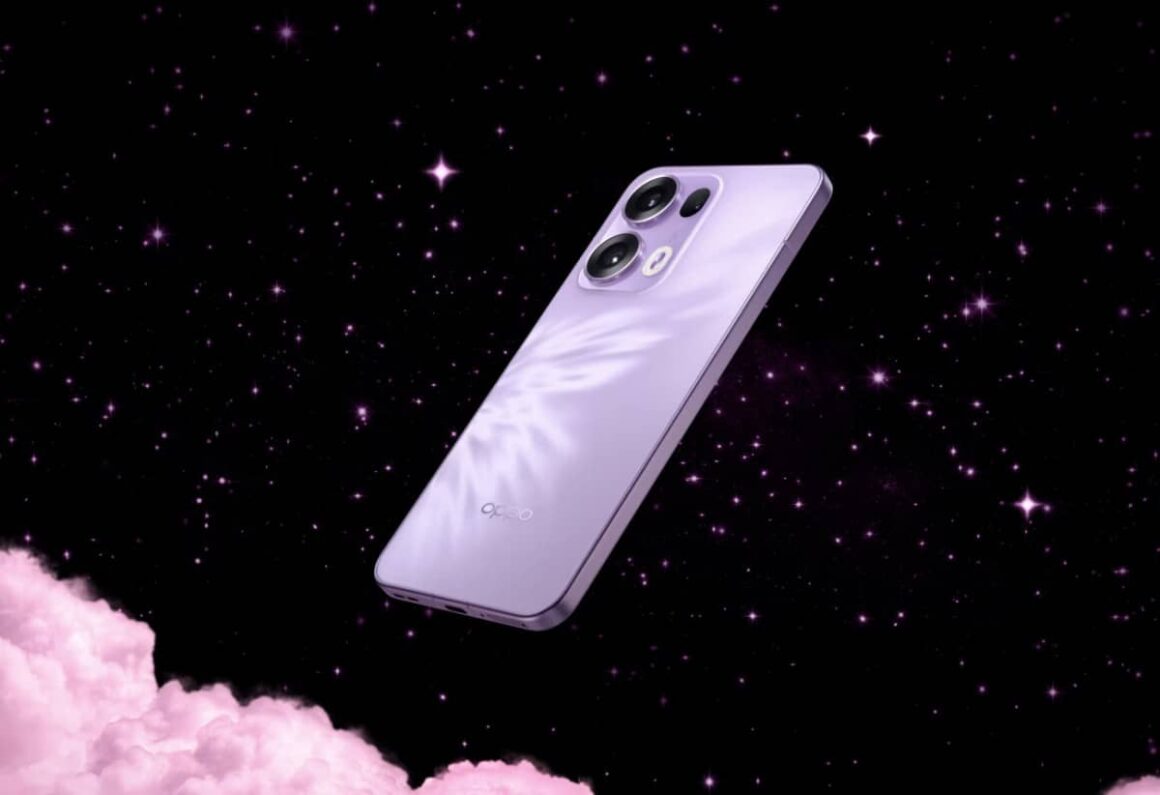
5. Fingerprint Scanner: Faster and More Accurate
- Redmi K80 Pro: Ultrasonic in-display fingerprint sensor
- Oppo Reno 13 Pro: Optical in-display fingerprint sensor
The K80 Pro comes with an ultrasonic fingerprint scanner, which is faster and more accurate than the optical sensor on the Reno 13 Pro.
6. Pricing: Only a Small Difference
- Redmi K80 Pro: Starts at 3,699 yuan (~$511) for 12GB RAM and 256GB storage
- Oppo Reno 13 Pro: Starts at 3,399 yuan (~$469) for 12GB RAM and 256GB storage
The Oppo Reno 13 Pro is cheaper by about $40, but for just a small price difference, the K80 Pro offers superior performance, display quality, battery life, and more. It’s a better value overall.
Which is better?
For just a slightly higher price, the Redmi K80 Pro gives you more power, better display, faster charging, and an upgraded camera. If you’re looking for a high-performance flagship without breaking the bank, the K80 Pro is the clear winner over the Oppo Reno 13 Pro.

